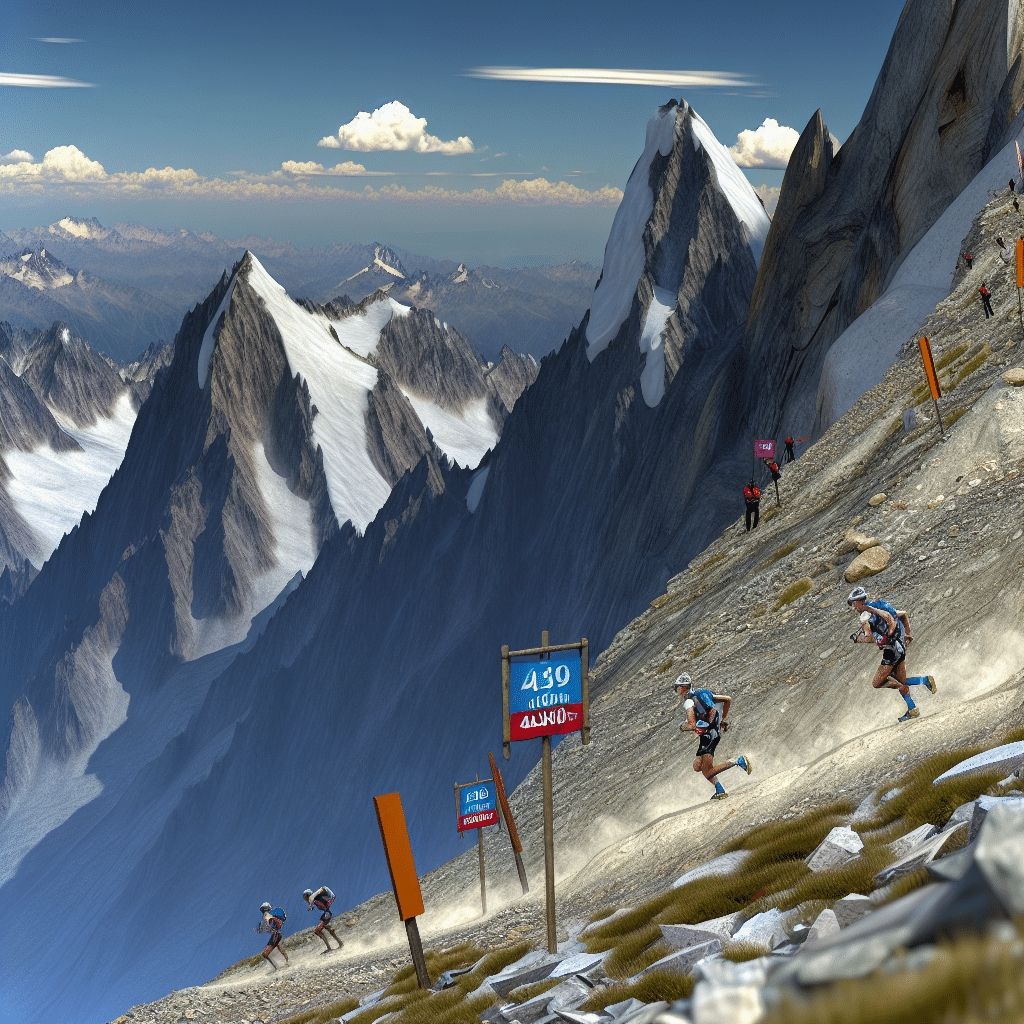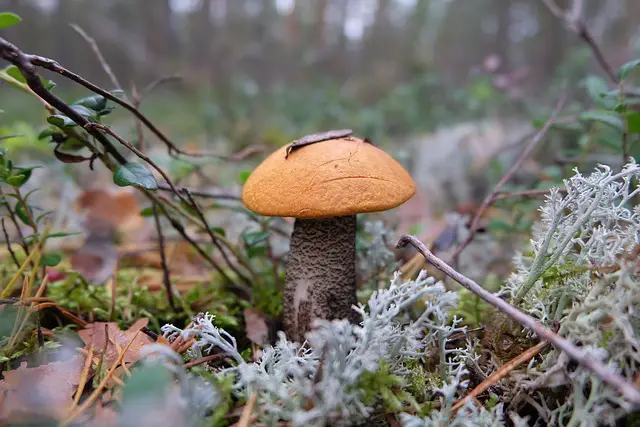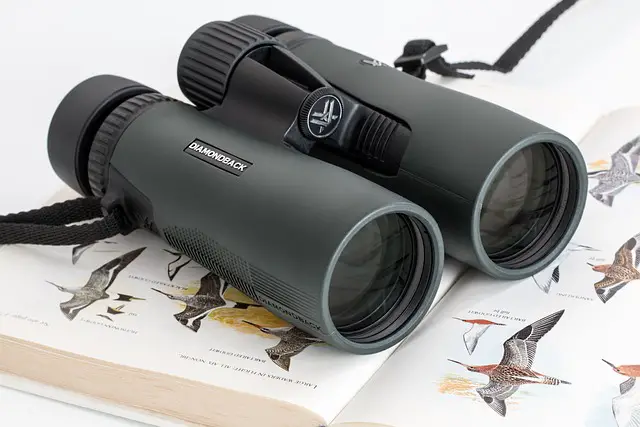When it comes to foraging, mushroom hunting stands out as an exhilarating and rewarding outdoor activity. The state of Illinois, with its diverse landscapes, offers a trove of opportunities for mushroom enthusiasts. From morels to chanterelles, Illinois’ forests, meadows, and river valleys provide a rich habitat for a variety of mushrooms. This article delves into the basics of mushroom hunting in Illinois, including the best seasons, locations, and essential tips to ensure a successful and safe foraging experience.

Why is Illinois a Mushroom Hunter’s Paradise?
Illinois is blessed with a temperate climate and a wide range of ecosystems, making it an ideal locale for mushroom hunting. The state has a healthy mix of hardwood forests, farmlands, and grasslands, which serve as perfect habitats for various fungi species. Additionally, the seasonal temperature fluctuations and ample rainfall contribute to the proliferation of mushrooms.
Different Mushroom Types Found in Illinois
Whether you are a novice or an experienced forager, Illinois boasts a variety of mushroom species that can be found throughout the year. Some of the most sought-after mushrooms in the region include:
1. **Morels**: Typically found in the spring, morels are highly prized for their unique flavor and spongy texture. Look for them around dead or dying elm, ash, and apple trees.
2. **Chanterelles**: These golden beauties usually appear in late summer to early fall and are often found near hardwood trees.
3. **Oyster Mushrooms**: Found on decaying wood, these mushrooms can be located almost year-round, especially after a good rain.
4. **Hen of the Woods (Maitake)**: Usually found at the base of oak trees in late summer to early fall, these mushrooms form large clusters and have a meaty texture.
Best Seasons for Mushroom Hunting in Illinois
Mushroom hunting in Illinois is a seasonal activity, with different types of mushrooms appearing at various times of the year. Here’s a guide to the best times to forage:
Spring
Spring is the prime season for hunting morels. As temperatures rise and the ground thaws, morels begin to pop up, usually from late March through May. The arrival of these mushrooms coincides with the blooming of certain plant species, providing a natural indicator for foragers.
Summer
Summer brings warmer temperatures and increased humidity, making it a suitable season for hunting chanterelles, boletes, and oyster mushrooms. These mushrooms often thrive in shaded, forested areas, and can usually be found from June through August.
Fall
Autumn is another bountiful season, marked by the appearance of hen of the woods, puffballs, and various other species. The cooler temperatures and damp conditions of September through November create the perfect environment for these mushrooms.
Top Locations for Mushroom Hunting in Illinois
While mushroom hunting can be done virtually anywhere in Illinois, certain locations are particularly noted for their abundance of wild mushrooms. Here are some prime spots to consider:
Shawnee National Forest
Located in southern Illinois, Shawnee National Forest is a hotspot for mushroom foraging. Its diverse ecosystems range from wetlands to rocky hillsides, making it a fertile ground for various mushroom species.
Starved Rock State Park
This popular park in north-central Illinois is not just for hiking and scenic views. Its wooded areas and moist conditions make it ideal for finding morels and other mushrooms, especially in the spring.
Cook County Forest Preserves
Closer to Chicago, the Cook County Forest Preserves offer numerous locations for mushroom hunting. These protected areas are rich in biodiversity and provide a haven for mushrooms year-round.
Essential Tips for Mushroom Hunting in Illinois
Safety First
– **Identification**: Make sure you can accurately identify the mushrooms you are collecting. Some edible mushrooms have toxic look-alikes, so always double-check.
– **Consult Experts**: If you’re unsure about a mushroom, consult a local expert or use a reliable guidebook.
– **Start Small**: When trying a new type of mushroom, consume a small amount first to ensure you don’t have an adverse reaction.
Best Practices
– **Sustainable Foraging**: Only pick what you need and avoid overharvesting. Leave enough behind to allow the mushroom population to regenerate.
– **Use Baskets**: Use a mesh basket to carry your mushrooms. This allows spores to be dispersed as you walk, promoting future growth.
– **Respect Nature**: Stick to trails and avoid disturbing the surrounding wildlife and plants.
Conclusion: The Joys of Mushroom Hunting in Illinois
Mushroom hunting in Illinois is more than just a pastime; it’s an adventure that connects you to nature and the rhythms of the seasons. Whether you are in search of the elusive morel in the spring or the hearty hen of the woods in the fall, the state’s rich and varied landscapes offer a treasure trove for foraging enthusiasts. By following the guidelines and respecting nature, you can enjoy a fulfilling and safe mushroom hunting experience in Illinois.
Happy foraging!



